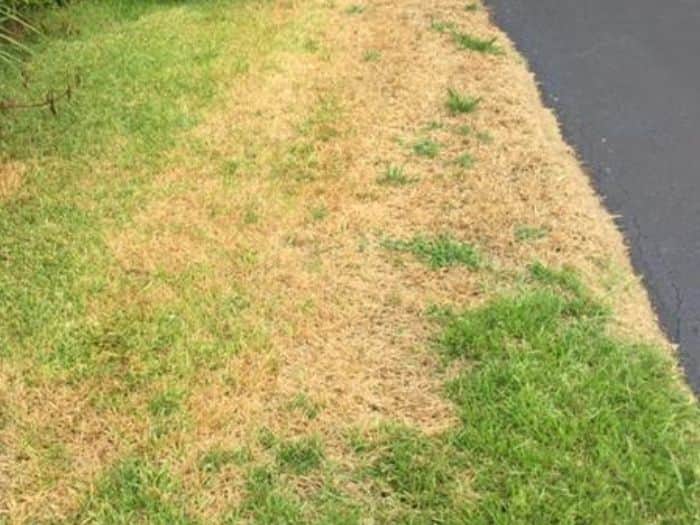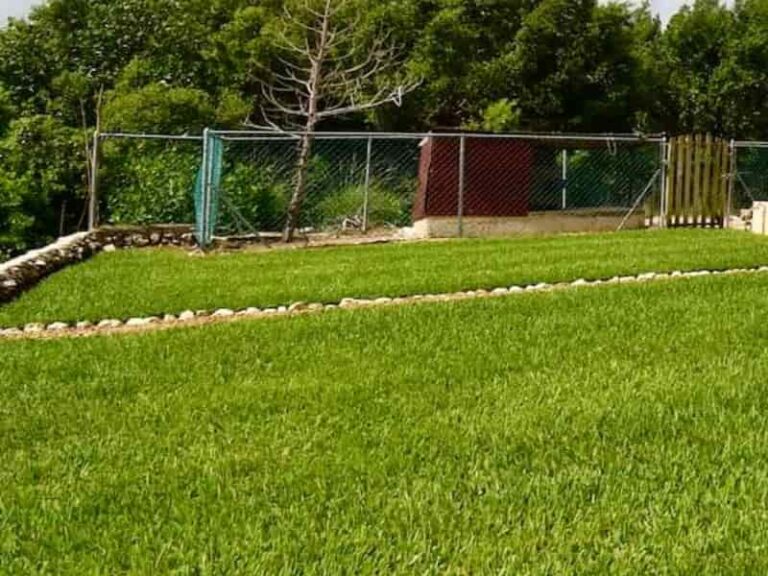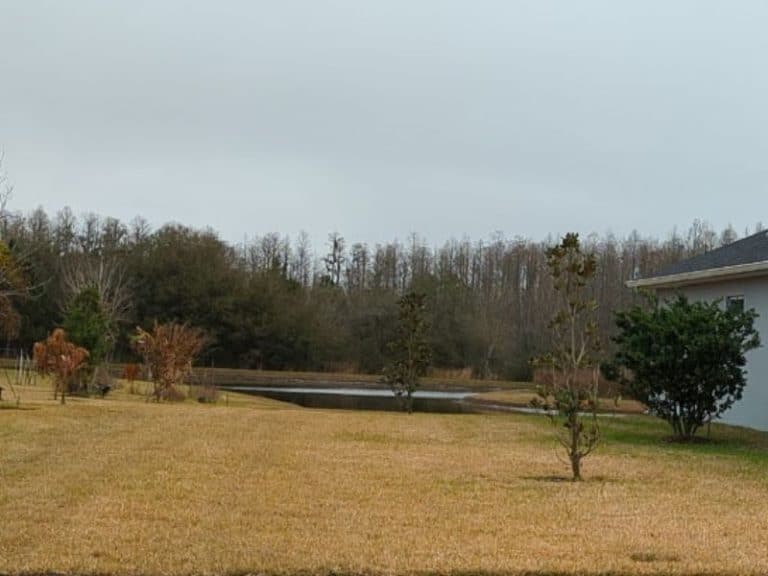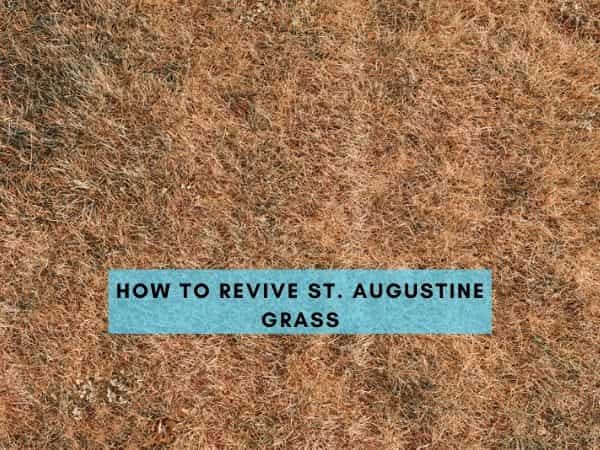St. Augustine Grass Runners (Problem?) How to Manage the Runners
As a homeowner with a St. Augustine lawn, you may already be used to seeing stray lateral runners creeping into unwanted areas such as the driveway or the patio. But how about runners that show up above the grass blades, completely making the lawn unsightly and diminishing your curb appeal? In this blog, we discuss St. Augustine runners, why they sometimes appear atop the turfgrass, and how you can manage this problem.
Does St. Augustine grass have runners?

St. Augustine grass spreads by way of above-ground runners called stolons. These stolons run parallel to the ground surface, forming roots that grow into the soil beneath them to form new grass plants.
You can easily spot St. Augustine runners if you have a bare lawn where you only recently planted St. Augustine seeds that are now growing and spreading. The developing grass sprout these lateral runners, which then grow laterally for several feet, sprouting new roots and grass blades at intervals.
Why are St Augustine grass runners on top?
While it’s not uncommon to spot St. Augustine stolons on a lawn with bare spots, many homeowners are often left surprised whenever they notice these runners growing on top of their fully-grown turfgrass. Typically, these runners are usually hard to spot in fully-established St. Augustine lawns since they grow so close to the ground surface.
If you spot St. Augustine grass runners on top of your turfgrass, it means that the tiny roots they’re sprouting are unable to penetrate the soil and attach to the ground. This is usually due to soil compaction issues. The ‘floating’ stolons then become stiff as a result and rise to the surface of the turf instead of staying close to the soil surface. This phenomenon is referred to as looping.
Looping in St. Augustine lawns can also be caused by the presence of excessive thatching between the topsoil and the base of the blades. It might be a sign that you need to dethatch and aerate your lawn.
How do you get rid of St. Augustine runners?
If you have a looping problem and immediately need to get rid of the unsightly runners spreading across your St. Augustine lawn, you can mow the lawn. If you don’t want to cut off much of the grass blades as you target the runners above them, a good idea would be to mow as high as possible.
However, mowing is only an immediate solution, as the looping problem may worsen after a couple of weeks or so. Therefore, to permanently get rid of runners that are growing on top of the turfgrass, you should solve the underlying issue that’s causing them to rise that high above grade-level.
This could be either soil compaction issues or presence of excessive thatch. To loosen up hard-packed lawn soil and make it easier for small runner roots to anchor, you need to aerate the soil. Aeration is usually done using a core aerator, which pulls out plugs of the topsoil to loosen it up.
Meanwhile, if layer of organic matter on your lawn soil is what’s preventing the St. Augustine stolons from taking root, you can dethatch by raking up the lawn. After aerating or dethatching your St. Augustine lawn, the lateral runners will now be able to take root into the soil and will grow closer to the ground surface, concealed by the taller grass blades.
Can you transplant St Augustine runners?
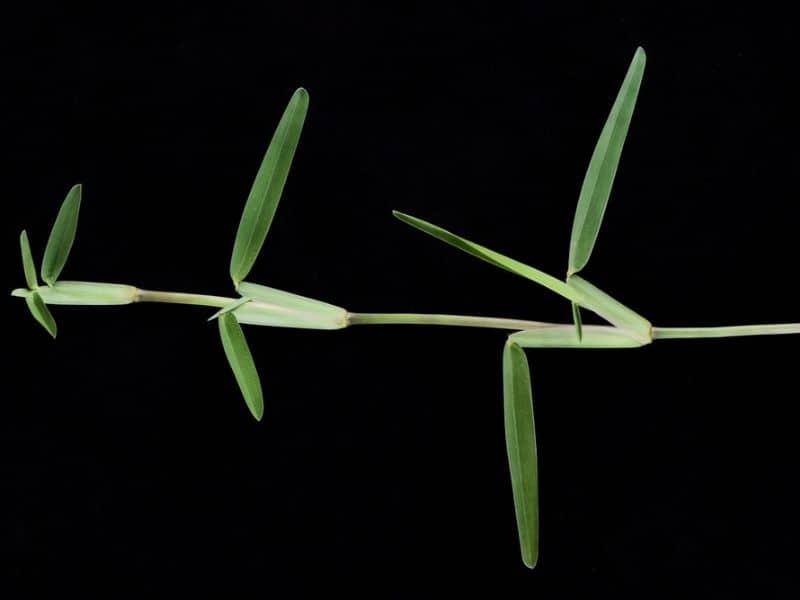
Yes- it’s possible to successfully transplant St. Augustine runners; for example- from your front-yard to your backyard or to bare spots on the same lawn. You can opt to cut the St. Augustine stolons with the crown and the tiny roots that they sprout still intact and plant them individually into the soil in the new area. This method is called sprigging. Sprigging is cheaper than sodding, as you don’t even have to purchase the stolon cuttings. You can simply source them from your own St. Augustine lawn- or a friend’s.
To properly plant St. Augustine sprigs, use a spade to dig at least two-inches deep into the ground, but don’t turn over the soil, as you would when tilling with a hoe. Next, slip the cut-out end of a single sprig (cut-out stolon) through the dug-out space and step on the soil to cover up the ground opening.
Proper aftercare should include watering the sprigged lawn daily for the first week, ensuring to apply at least 0.5-inches of water per day. After the sprigs have taken root, which is usually after about two weeks, you can cut down the irrigation frequency to twice per week; ensuring to apply no more than inch of water over the course of the week.
However, remember that it’s harder to establish a St. Augustine lawn by sprigging, as compared to sodding, plugging, or sowing St. Augustine seeds. However, with proper site preparation and pot-planting maintenance, you should be able to achieve a full, lush St. Augustine turf from the sprigs you plant. Site preparation includes aeration to relieve soil compaction and elimination of all weeds present on the lawn using a lawn weed killer.
How long does it take for St Augustine runners to spread?
Typically, it takes about two weeks for newly-transplanted St. Augustine runners to firmly anchor into the soil and begin growing and spreading. Still, St. Augustine runners don’t spread as vigorously as Bermuda grass sprigs. This is because they only comprise stolons, unlike the latter species where sprig cutouts include stolons and underground rhizomes.
Rhizomes enable more vigorous and faster spreading by facilitating faster root establishment, compared to sprigs that only include stolons. Nevertheless, you can still make your St. Augustine runners grow and spread faster by irrigating regularly and mowing at the proper height.

